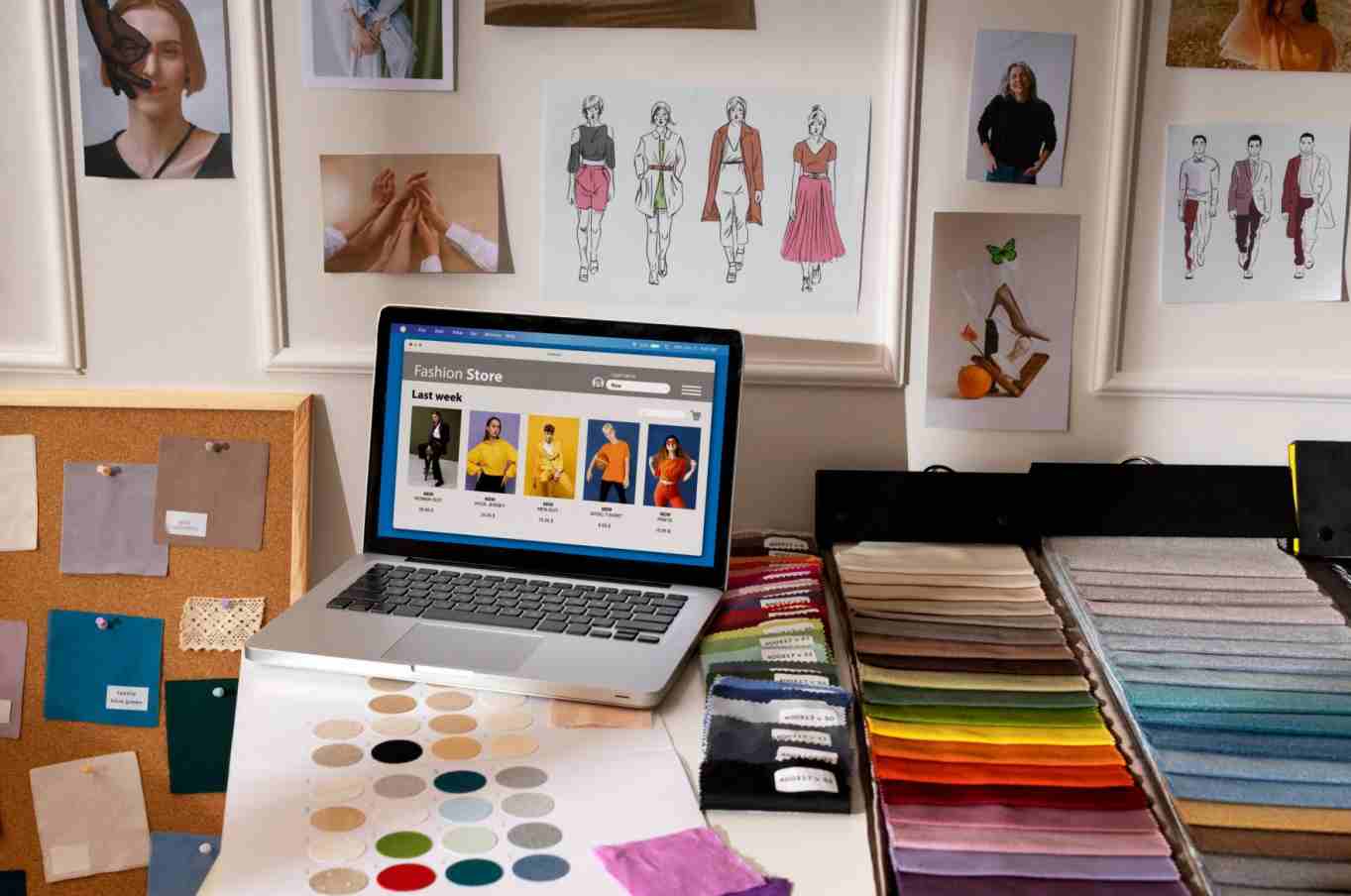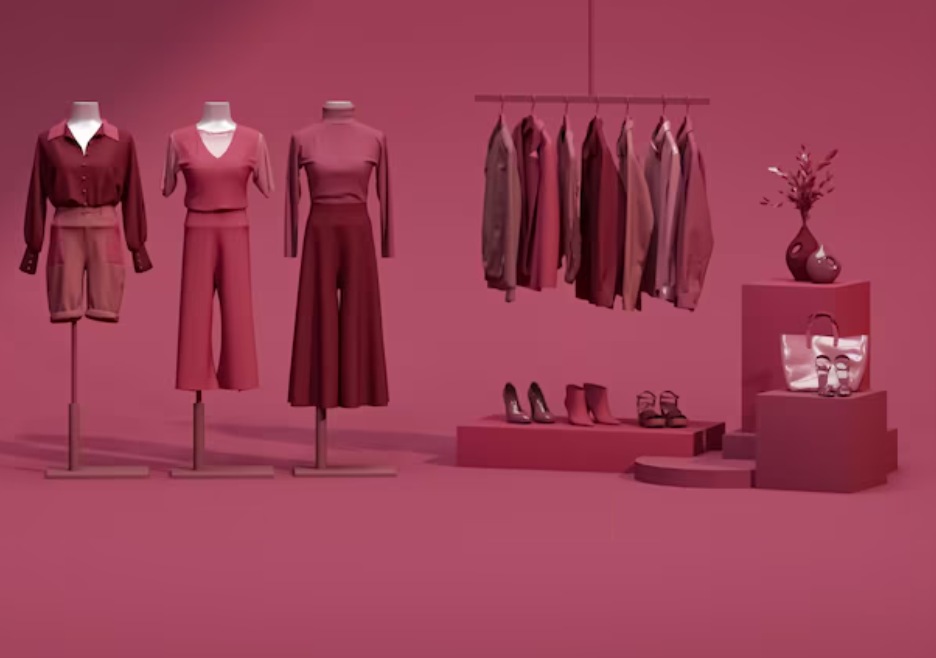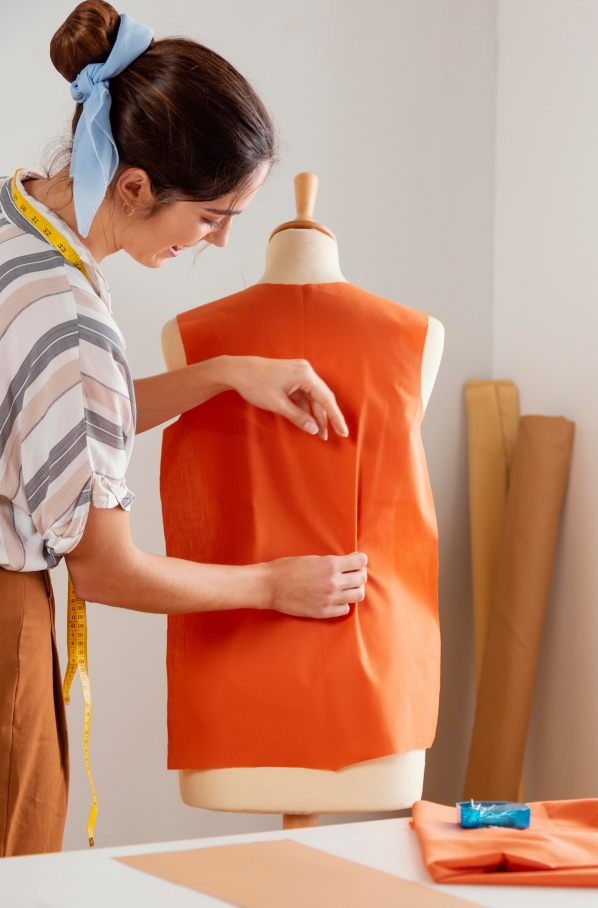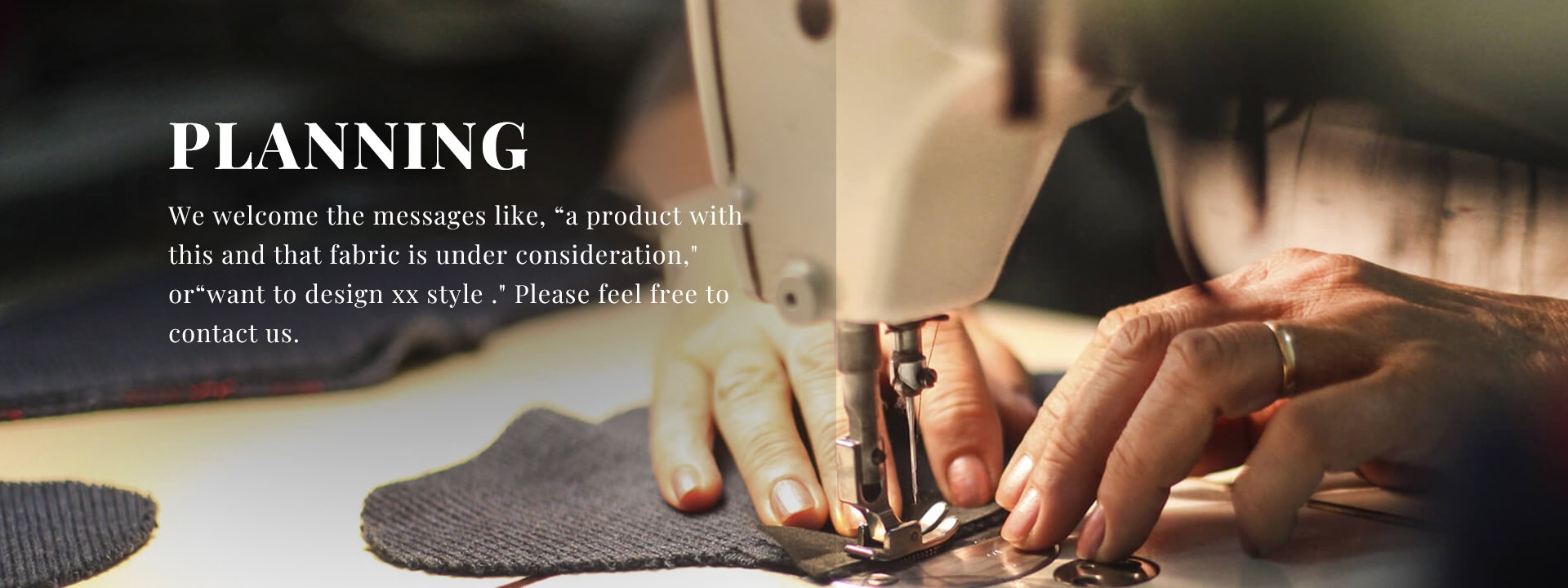From Prompt to Product: A Step-by-Step Guide to Creating Clothes with AI
What’s AI Fashion Design All About?
AI fashion design means bringing artificial intelligence into the creative and making side of the fashion world. It lets designers whip up, tweak, and polish clothing ideas using data smarts and machine learning tricks. Artificial intelligence in fashion design is flipping the script on the industry, sparking wild new trends we’ve never seen. From guessing what shoppers want to dreaming up fresh garment styles, AI’s turning into a creative partner in today’s fashion game.
How’s AI Shaking Up the Old-School Fashion Design Process?
Back in the day, fashion design meant sketching by hand, picking fabrics, and building prototypes. AI’s messing with that by letting designers create ideas from data or simple text prompts. Artificial Intelligence clothing design turns from a mere tool to a useful collaborator within the creative process. Designers can now play with endless garment versions in real time, cutting down on time to market and making things more personal.
What Tech Powers AI Fashion Design?
Machine Learning and Generative Models
Machine learning digs through massive piles of fashion pics, trends, and shopper habits to spit out smart predictions. Generative models like GANs (Generative Adversarial Networks) help create new designs that feel human-made.
Natural Language Processing for Prompt-Based Design
Natural Language Processing (NLP) lets you type stuff like “a futuristic streetwear jacket with neon accents” to get visual ideas. Designers can describe their ideas using simple language prompts and receive multiple visual interpretations generated by AI tools.
Image Recognition and Style Transfer
AI uses image recognition to get shapes, colors, and patterns from reference pics. Style transfer lets you mash up different looks into one seamless design—great for quick experimenting with textures and shapes.

How to Jump Into Designing Clothes with AI
What Tools Are Out There for Newbies in AI Fashion Design?
Quick Look at Popular AI Fashion Platforms
A bunch of platforms are great for beginners wanting to dip into digital fashion. Tools like Resleeve.ai and Fashion Diffusion have simple setups for generating designs from text or image prompts. Resleeve enables social media content creators and aspiring designers to bring their ideas to life without needing advanced technical skills. Other solid software includes Clo3D and Browzwear for 3D modeling.
Free vs. Paid Tools: Which One’s Right?
Free tools are perfect for messing around but often limit resolution, export options, or commercial use. Paid platforms pack advanced stuff like high-res downloads, pattern exports that work with Clo3D or Browzwear, and commercial licenses—better for pro work.
Setting Up Your Creative Flow
Defining Your Style and Moodboard
Kick off by gathering inspo—pics, colors, textures—that match your brand’s vibe. This moodboard guides your prompt writing and keeps things consistent.
Writing Killer Prompts for Spot-On Results
Nailing prompts is crucial for prompt-based design. Be specific about garment type, shape, colors, fabric feel, era inspo (like “90s-inspired denim jacket”), or audience (like “streetwear for Gen Z”).
The more detailed your prompt is, the more accurate the generated output will be.
From Text Prompt to Digital Garment: The Creation Process
How Do You Turn a Prompt Into a Clothing Idea?
Crafting Descriptive and Visual Prompts
Use descriptive words (“flowy,” “structured,” “minimalist”) and functional ones (“athleisure,” “evening wear”) when writing prompts. Visual references can also be uploaded on some platforms alongside text inputs for richer context.
Iterating on Generated Designs
After getting initial outputs from AI tools like Resleeve or Fashion Diffusion’s platform, users can fine-tune results by modifying their prompts or selecting preferred versions for further refinement.
Can AI Outputs Be Ready for Production?
Exporting Files for Pattern Making and Prototyping
Many advanced platforms allow exporting files compatible with pattern-making software such as Clo3D or Browzwear—bridging the gap between concept visualization and physical production.
Integration with 3D Modeling Software
By importing AI-generated visuals into Clo3D or Browzwear, designers can simulate garments on 3D avatars using realistic draping physics, adjust fit parameters, apply virtual fabrics textures—and even generate tech packs for manufacturers.
Boosting Creativity Through Human-AI Teamwork
Where Does Human Creativity Fit in an AI Workflow?
AI’s killer at coming up with options but doesn’t get brand identity or cultural vibes. Human designers steer the ship—picking outputs that fit the story and adding emotional flair to the final picks.
How Can Designers Keep Things Original with AI Tools?
Originality’s all about how you use the tools, not what they spit out. Mix in your moodboards, custom-trained models (on some platforms), or hand-sketched bits via style transfer to keep your designs one-of-a-kind.

Getting the Scoop on AI in Fashion
Can anyone use AI to design fashion, or do you need experience?
No prior experience is required; many platforms are designed specifically for beginners who want to visualize concepts quickly using intuitive interfaces.
Will AI replace human fashion designers?
No—AI enhances creativity but cannot replicate human intuition or emotional storytelling essential in fashion branding.
How accurate are AI-generated designs when it comes to real-world production?
With proper export settings (e.g., vector files or 3D models), many outputs are suitable for technical development phases including pattern making and sampling using software like Clo3D or Browzwear.
From Digital Sketches to Real Samples: Making Designs Real
What Happens After You Generate an AI Design?
Turning Digital Outputs into Tech Patterns
Once you’ve got a final concept, we will make CAD paper pattern and samples. These are like blueprints for prototyping garments based on digital sketches.
Picking Fabrics Based on Virtual Textures
AI platforms often simulate fabric types visually—but real-world sourcing requires material testing. We will check the phenomena possibly to appear over time, and verify the quality assurance for the fabric of the product.
How Do Manufacturers Work with AI-Generated Designs?
We will manufacture the product under the strict control of production process and quality. Pre-production samples are made after all approvals, and we deliver after product inspections are cleared. Our workflow ensures seamless transition from digital file to finished garment with quality assurance at every stage.

The Role of INVIDIA Textile in Pushing AI Fashion Design
Who’s INVIDIA Textile and What Do They Bring?
INVIDIA Textile is a respected manufacturer servicing retailers and importers on a globally basis. We provide OEM/ODM services tailored around clients’ visions—from sourcing fabrics to delivering bulk orders worldwide. We have already built our own development design/sourcing team, sample center, merchandiser and inspection team, and have been providing best service, high quality with competitive price across diverse markets.
How Does INVIDIA Textile Use AI in Their Workflow?
As part of our innovation strategy, we welcome messages like “want to design xx style”, even if it’s just an idea sparked by an AI-generated sketch. We take your digital concepts through our structured process—from material procurement, pre-production sample at factory, all the way through bulk production—with full customization options including logo printing via heat transfer or silk-screen methods. Ultimately, it is the fine workmanship that distinguishes a brand while leaving a deep impression—and we’re proud to support that journey end-to-end.
Maswali ya kawaida
Q: What industries use 3D software for clothing design?
A: Besides fashion brands—entertainment (movies/games), sportswear R&D labs & e-commerce retailers also utilize this technology extensively.
Q: Is learning CLO3D tough?
A: CLO 3D has an easy interface that works for beginners but still packs pro-level features as you get better.
Q: Can I cut my carbon footprint with digital fashion tools?
A: Yup—tools like Browzwear’s Sustainability Calculator show how much CO2 and water you save by going digital.

 +86-13634185427
+86-13634185427




